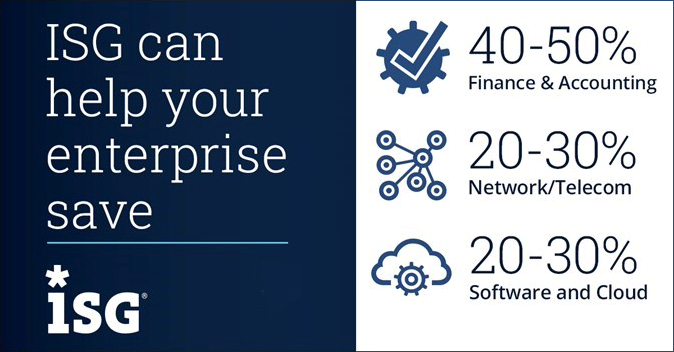The global pandemic has negatively affected every business – with the few notable exceptions of online retail operations, pharmacies and grocery store chains, and specific consumer goods manufacturers. Companies that emphasized digital and platform solutions before the pandemic are faring significantly better than organizations that did not – which is a useful observation for preparing global operations going forward. While some of the current negative impact will be offset by pent-up demand when quarantine rules relax, many industries are likely to experience a protracted decline in demand or a slow, drawn-out recovery.
Creating a game plan for enterprise operations in this dynamic environment is tricky. As companies strive to create their new future in the compromised economic environment, they should focus on three overarching goals: taking costs out in an intelligent way, monetizing captives and driving operations to the cloud.
- Take cost out. Nearly every enterprise, regardless of how careful it has been, has a driving need to turn over every rock it can to further optimize its cost base. We are seeing a surge in demand for cost optimization of enterprise IT services for both infrastructure and applications. And it doesn’t stop there. Intense cost takeout is happening across business processes (in Finance and Accounting, HR and customer experience), network services and software licensing. Anomalies exist, of course, in areas that need immediate investment. We worked with a client recently to help pivot from application services to business-aligned platforms. This moment presents an opportunity to more aggressively sunrise new solutions, technology and platforms and aggressively sunset the old – that is, stand up new platforms with partners that will help you retire the applications that are less digitally enabled. Enterprise must make sure their legacy retirement plan funds platform development.
- Sell your captive operations – at the right price. Traditionally, when we talk about captives, we talk about enterprise-owned delivery centers in offshore and nearshore locations, but for this conversation, we are broadening the definition to include shared service centers in the country where an enterprise is domiciled as well. As we looked at the impact on operations of the global shutdown in March, client-owned captives lagged significantly behind service provider operations around the world in their ability to respond and resume operations. This was largely because captives do not have the scale to respond to a disaster. Large service providers have observed this and are keen to make strategic acquisitions of captives owned by large enterprises across industries, including Manufacturing, Insurance, Media, Travel, Transportation and Retail. Of course, providers want to contract the services back to the enterprise, which can benefit from the provider assuming the risks while it gets to enjoy cost savings from offshore labor. The opportunity to monetize can be done well and quickly – but beware! We are helping clients evaluate these opportunities and seeing offers that are a mere 30-50 percent of the real value. Don’t sell your captive at the wrong price! And be sure you are contracting your services correctly to support your business and budget.
- Move to the cloud. Although the cloud imperative has been paramount for many years, the current crisis is accelerating demand across all potential cloud target environments. It took the pandemic to make it absolutely clear to top executives that the cloud is now safer than an on-premise data center. Previous caution has faded as companies move to achieve a more efficient and agile enterprise and position themselves to strike as the economic recovery gets under way in the next few months. Many enterprises need help transitioning operations and services to the cloud while maintaining strong governance, risk management and operating models. With investments in the physical office on the decline, a highly secure cloud architecture is now the expected foundation for moving forward.
Companies that focus on these three immediate initiatives will navigate successfully through and past this crisis. We have already witnessed how this approach can help define new winners across markets.
Contact us to find out how you can take advantage of these immediate actions to prepare for your new future.

